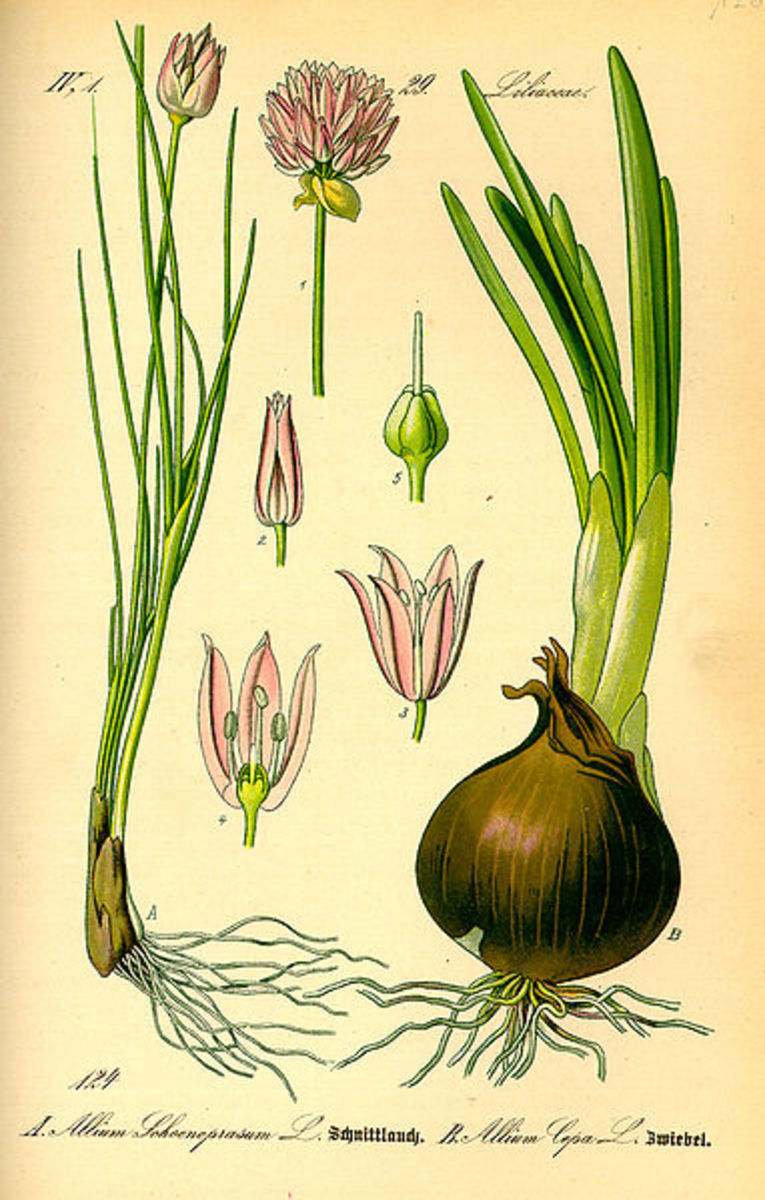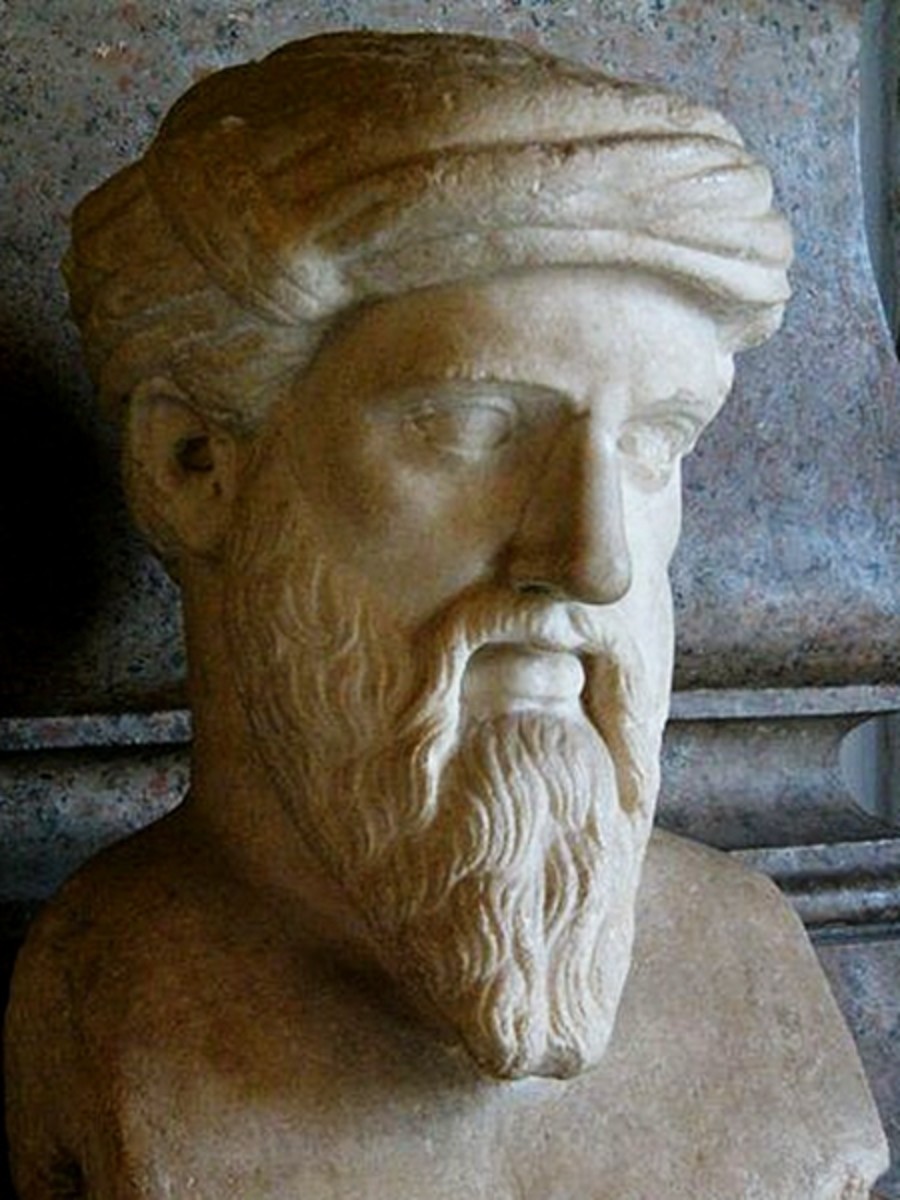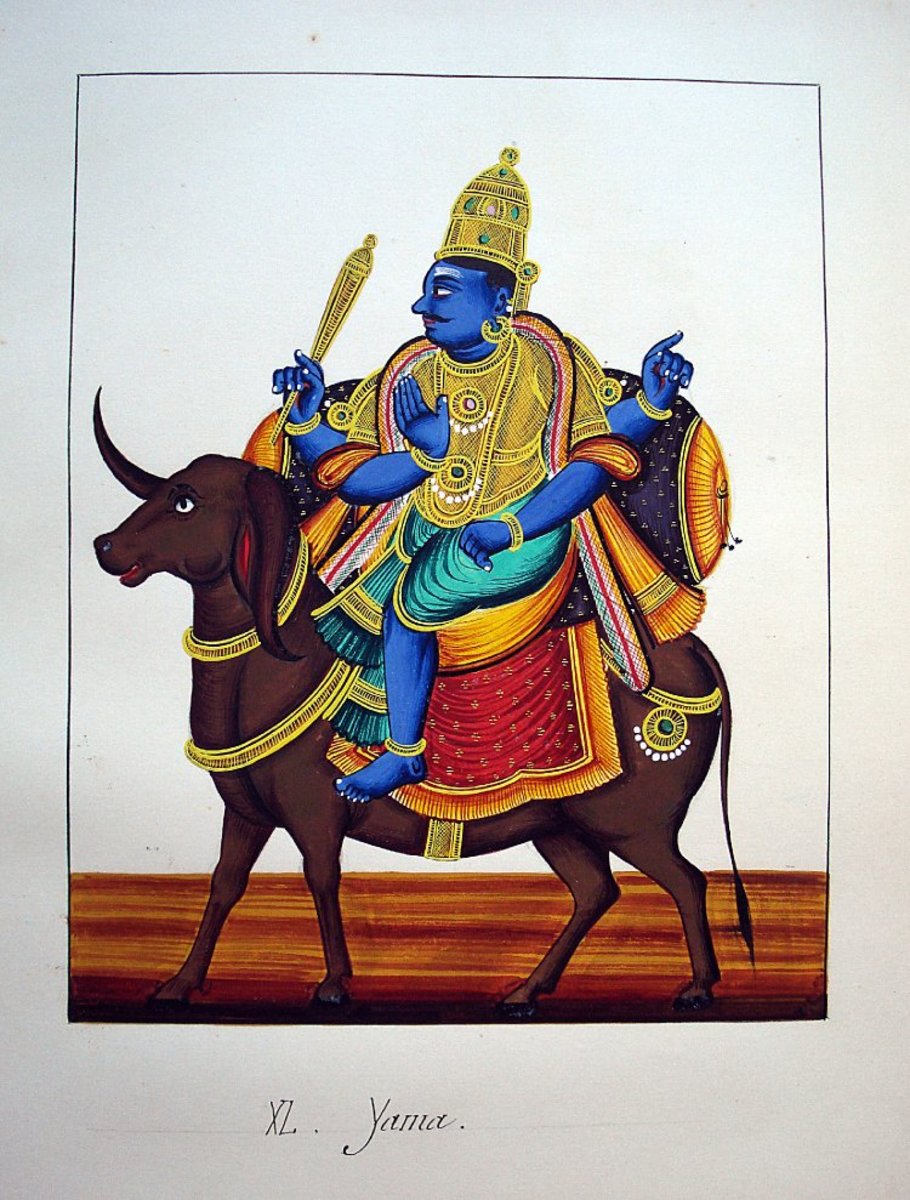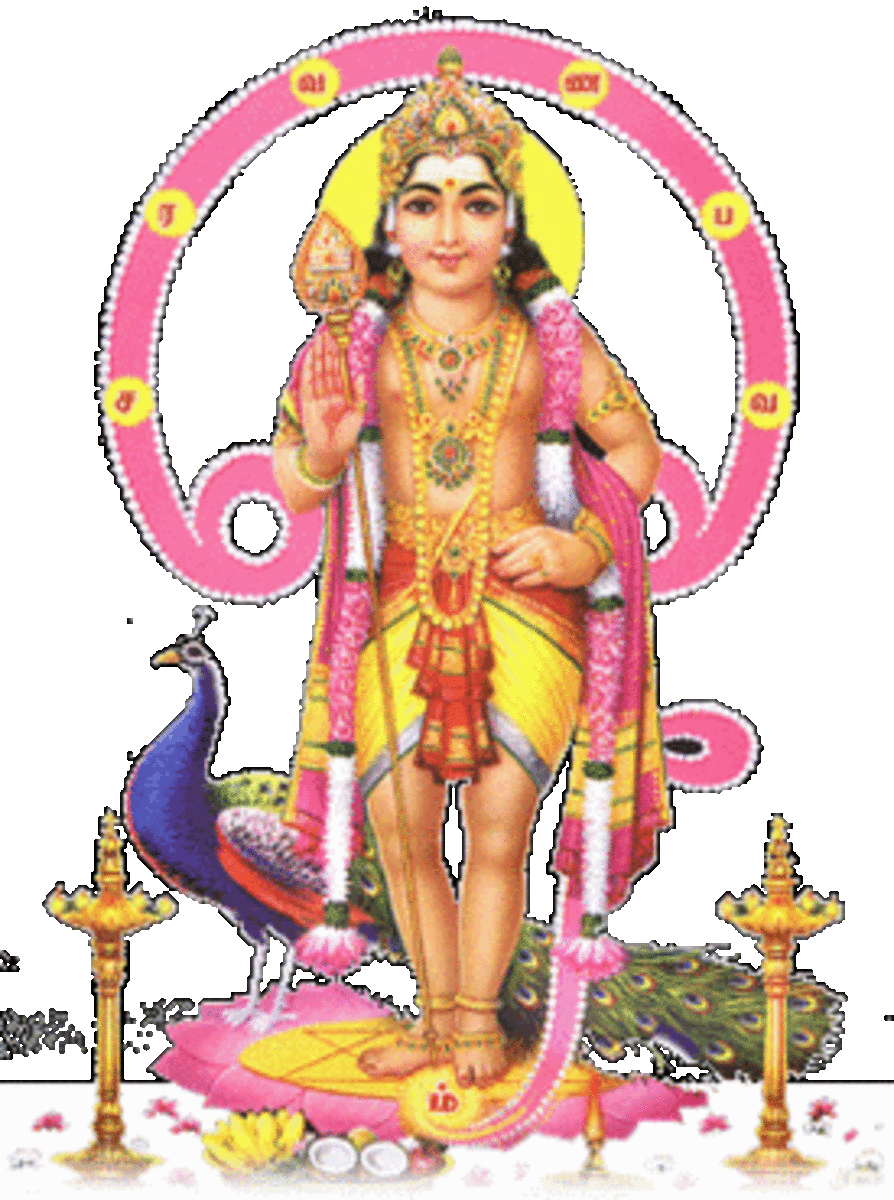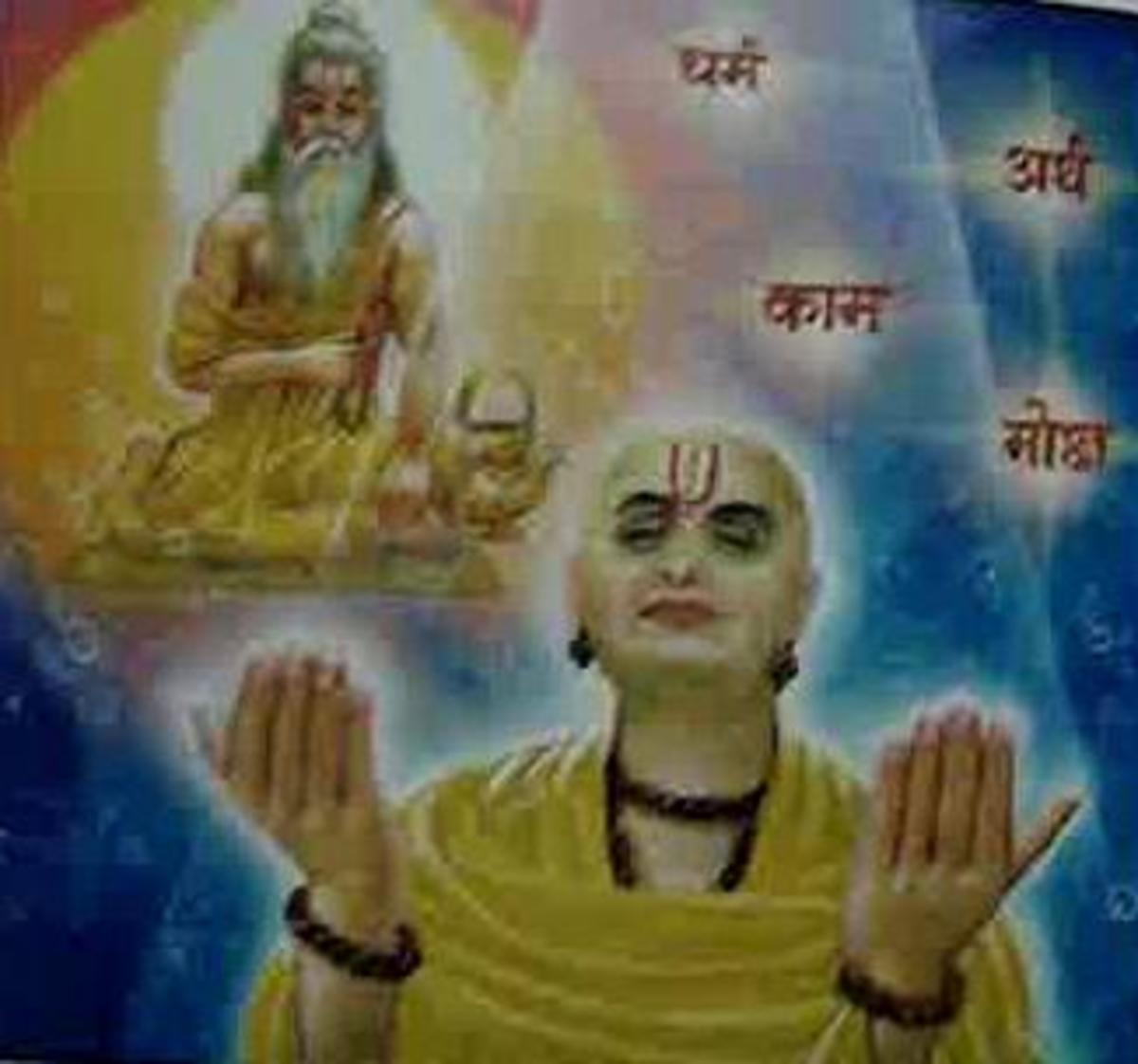The Origin of Shiv and Shaivism
Shaivism is the oldest sect of the Hindu religion. But we must note that Shiv is a non- vedic God. There is no reference to Shiv or Shaivism in Rigveda. According to some scholars, Vedic God Rudra was evolved in Shiv. But this theory is not accepted by other scholars. As Vedics like to adopt popular Gods of others and give them a Vedic touch, it is all possible that they adopted and converted Rudra in Shiv.
For Vedics, Bramha is a creator and Vishnu is a protector. But as Shiv was an enemy of Vedics, they made him a destroyer.
Whatever today we know about Shaivism, comes from the Puranik literature, which are written much later, and so unauthentic and non reliable.
Gavin flood, a scholar of comparative religion with specialization to Shaivism at University of Oxford says:
The formation of Śaiva traditions as we understand them begins to occur during the period from 200 BC to 100 AD.
Another form of Saman Tradition?
Saman (Samsnkrit: Shraman) is the oldest religious tradition of India. We can find the roots of Samanic tradition in Indus Valley civilization. Jainism and Buddhism are the two great religions which evolved from Samanic tradition.
There are many similarities between between Shaivism and Samanic tradition, especially between Shaivism and Jainism.
Unlike the Vedic or Brahmin tradition, the saman tradition is based on social equality. Shaivism too, is staunch supporter of social equality.
In saman tradition, the practice of ascetic life is most important. We can see same thing in Shaivism. We can see hundreds of thousand of ascetics in Shavism, who have left all worldly things including their families and homes, in search of liberation.
In Saman tradition, many monks are naked ascetics. This tradition of nakedness is very ancient and goes back to the Indus valley civilization. Many Jain ascetics are following this path from ancient time. Followers of Ajivik sect in ancient followed this naked path of ascetic way. This tradition is continued to present days without interruption both in Jains and Shaivites. There are about 1500 naked monks, popularly known as Digambar Jain monks toady.
An interesting fact is that, the Naga ascetics, a sect of Shaivism also follow this naked path, and there are hundreds of thousands naked Naga monks in India. You should remember that Shiv himself was a naked ascetic, who had renounced all the worldly things.
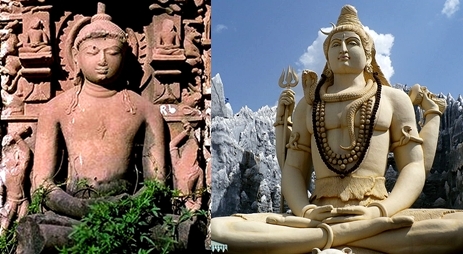

Similarities between Shiv and Rikhab
Rikhab (Sanskrit: Rishabh) was the the first ford maker of the Samanic tradition Jainism. It is interesting to know that there are too much similarities between Rikhab and Shiv. Let us have a look on some of the similarities between them.
According to Jain texts and Hindu Purans, Rikhab is a naked ascetic. In Jain tradition, this type of ascetics are known as Digambar monks. Interestingly, Shiv is also a naked and he is known as Digambar. Jains and Shaivites both claim that the seals of naked ascetics found in Indus valley civilizationbelong to Rikhab/Shiv respectively.
In Jain literature, Shiv is another name of Rikhab.
In both the traditions, Shiv and Rikhab are know as Aadinaath. (Aadi = First)
According to Jainism, the Nivvaan place of Rikhab is Mount Kailash in Tibet, while according to Shaivism, Mount Kailash is the place where Shiv resides. Interestingly, Mount Kailash is a sacred place for followers of Bon religion, a Pre Buddhist religion of Tibet.
Similarities between Symbols and Rituals
There are many other similarities between Shiv and Rikhab, which belongs to idol rituals, symbols.
There are great similarities between idols of Shiv and Rikhab.
Idols of both the personalities are in Padmaasan, a posture of yogic meditation.
Another similarity is that eyes of the idols are half closed, which is another yogic posture.
In ancient idols of both of them, their hairs are long, touching to their soldiers. Shiv and Rikhab both are known as Long haired (Jataadhaari/Keshi).
Bull is symbol/emblem of oth the personalities.
In rituals, breaking and offering coconut to Shiv and Rikhab is not permitted. Offering rice grains to them is another common thing between these two deities.
All these things suggest that Shiv is another form of Rikhab, and Shaivism is nothing but a Samanic tradition.
References
1. The Blackwell Companion to Hinduism. Malden, Massachusetts: Blackwell Publishing Ltd.. ISBN1-4051-3251-5
2. Shiv Puran
3. Bhagwat Puran
4. Aadipuran by Acharya Jinsen
5. Trishashtishalakapurush by Acharya Shilaank.
Related Hubs
- The Origin of Hinduism
Hinduism is a prominent religion from India. There is no specific definition of this religion, as in actual this is not a religion, but a community of the people from Indian subcontinent who do not follow Islam, Christianity, Jainism, Buddhism, Sikhi - Who Was Krishna?
Krishna is the main character of Mahabharat, the famous and popular epic of India. It is considered as a holy Hindu book, but it is a collection of several fables. It has nothing to do with any specific religion. Further, Mahabharat was compiled afte - Matangs in Jain Literature and History
Matangs are ancient people of India. Although they are concentrated in the states of Maharashtra, Andhra Pradesh and Karnataka today, in ancient India they were spread everywhere. They existed in Indus valley Civilization, In Ganges Valley, in far ea - Angavijja: Ancient Book of Body Language and physiognomy
Angavijja is an ancient book of reading a person through his body language and physiognomy. Ancient Indians used this science to reveal occult knowledge and foretell the future. - Mahatma Gandhi and Jainism
Mahatma Gandhi, the great leader of India's freedom movement was influenced by Jain Philosophy. This article gives you information on Gandhi's affinity with Jainism. Gandhi was born in Modh Vanik community, a merchant community of Gujarat. This commu - An Introduction to Numerology
Know the basics of numerology, the science of knowing good & bad effects of numbers on your life. Numerologists can analyze the characteristics of a person just by studying the date of birth and name. - Name Numerology: Does Changing Name Work?
If your birth number and name number are compatible it is beneficial to you. But if the numbers are conflicting, you may face some problems. Changing your name or its spelling can work for betterment.



